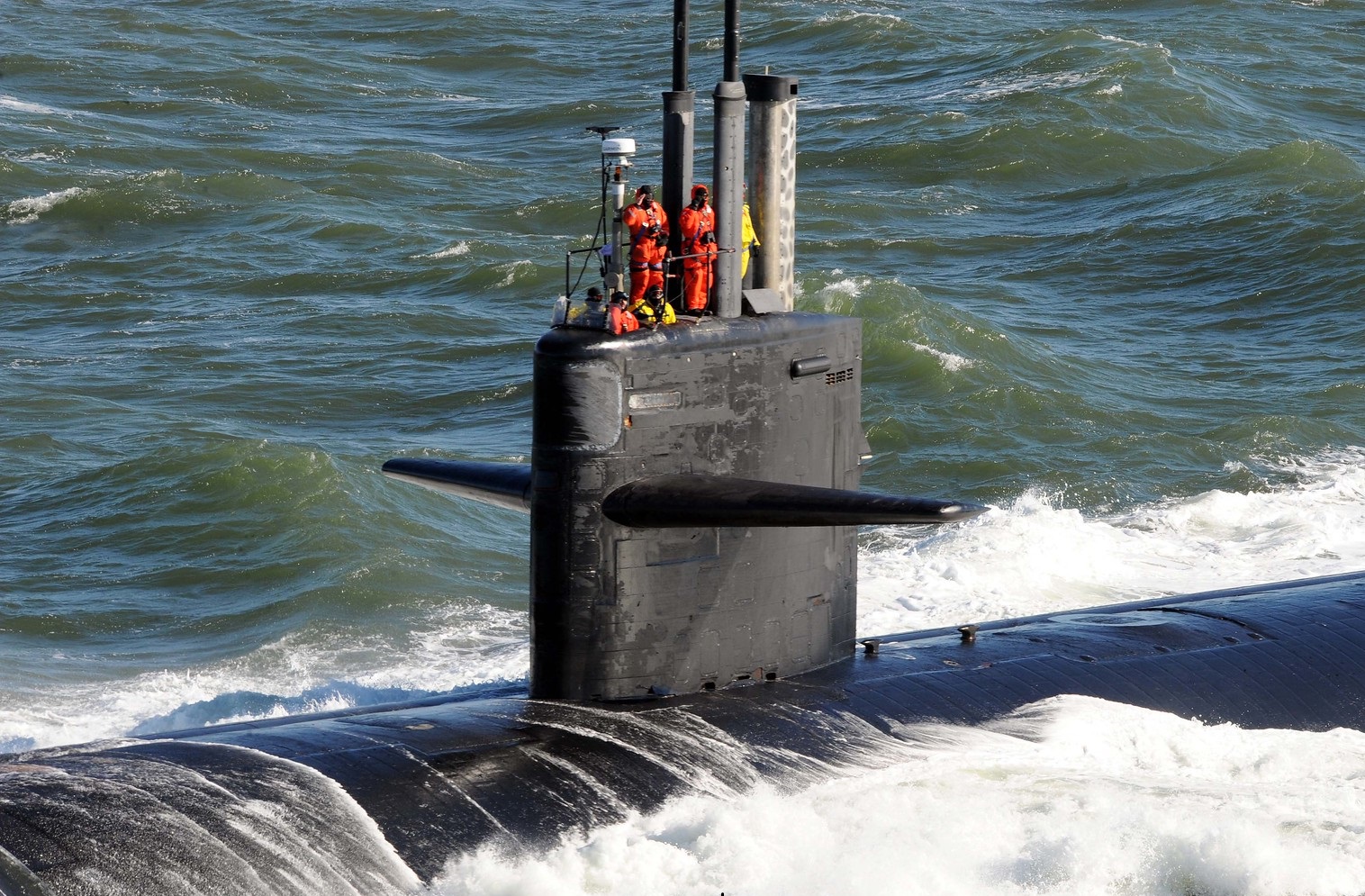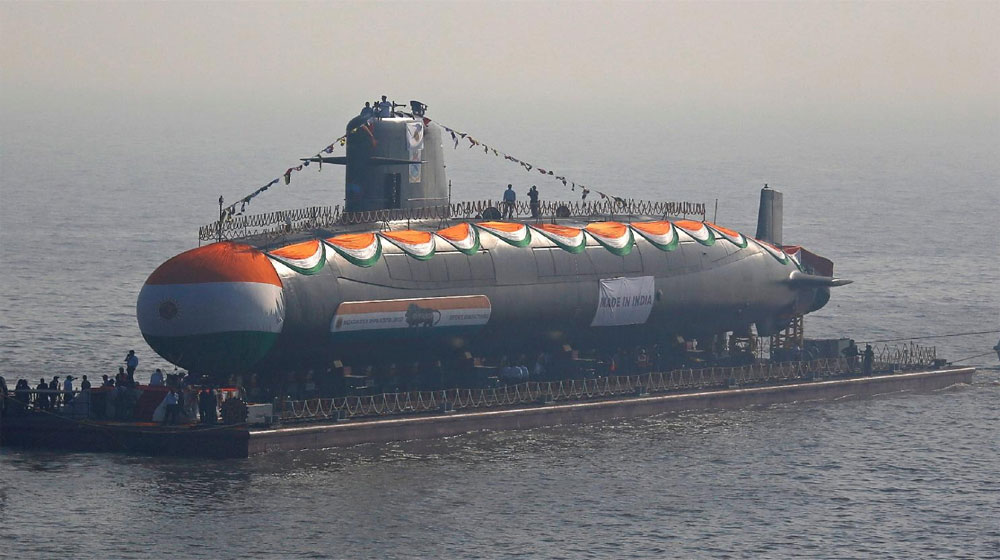
A submarine, also called a sub, is a watercraft capable of independent operation underwater. Submarines have multiple uses, such as tourism, undersea archaeology, facility inspection and maintenance, and marine science, salvage, and exploration. Military uses of submarines include attacking enemy ships or submarines, protecting aircraft carriers and other ships, acting as a nuclear strike force, blockade running, and more.
Submarines were first widely used during World War I. Many navies now have a fleet of submarines, both large and small, primarily using them as a deterrent in territorial waters. A standard fleet is typically about five or more boats.
In the United States, there are three types of U.S. Navy submarines: ballistic missile submarines, attack submarines, and cruise missile submarines. The U.S. had the world’s first submersible with a documented record of use in combat called the Turtle. The Turtle was builtin 1775 and was used to attach explosive charges to ships in a harbor. Specifically, it was used against the Royal Navy vessels in the American Revolutionary War.
_0.jpg)
The modern submarine design was made around the 19th century. Most large submarines have a cylindrical body with hemispherical (or conical) ends. Submarines also typically have a vertical structure that houses sensing devices, periscopes, and communications devices. This vertical structure is called a “sail” in the United States and a “fin” in Europe. Additionally, there is a propeller at the rear and several hydrodynamic control fins.
In World War II, submarines proved to be very effective and very deadly tools. Germany used submarines during the war in the Battle of the Atlantic, cutting off Britain’s supply route by sinking merchant ships. The Imperial Japanese Navy operated the most diverse fleet of submarines in the war of all sizes, including midget submarines, medium-range submarines, and long-range fleet submarines. The Japanese also had the fastest submarines, ones that could carry multiple aircraft and those equipped with the most advanced torpedoes.
Submarines and underwater vessels aren’t generally found in the listing of personal collectible items. However there are certain noteworthy exceptions to this trait. Exceptions that have not only re-defined the boundaries of submersible vessels, but have also reshaped the potential experiences of a sub-aquatic tour that people can e. Submarines are cigar-shaped so they can slip smoothly through the water, but in the very center there's a tall tower. In older submarines, the tower was packed with navigation and other equipment and was sometimes known as the conning tower (because, historically, it contained a submarines con trols). Submarines are unique tools for securing national interests. In a world where any movement or asset is exposed, being able to act undetected has never been more crucial. Submarines play a vital role in a wide range of naval operations and tasks, from peacekeeping.
Number of Submarines by Country

Global Fire Power collected the most recent data on each nation’s number of naval submarines.
Landlocked countries typically do not have a standing navy and, therefore, do not have submarines. Those countries were not included in GFP’s rankings. The rankings do not distinguish between the types of submarines, size, age, or construction quality that each nation has.
Submarines For Sale
Here are the 10 countries with the most submarines:
- North Korea (83)
- China (74)
- United States (66)
- Russia (62)
- Iran (34)
- South Korea (22)
- Japan (20)
- India (16)
- Turkey (12)
- Colombia (11)
Submarines In The Civil War

Here’s a question that you don’t hearvery often; if a submarine and a whale collided, who would emerge victoriously?The answer to that is not definite because such an incident has not occurred sofar. However, back in 2005, the USS San Francisco did collide with a seamountat full speed. You can see the damage the collision caused in the picturebelow.
Submarines Rc
The USS San Francisco had a total of137 men aboard out of which 98 were injured, and one died. The USS SanFrancisco lost her forward ballast tanks but was still able to surface and thentravel for 360 nautical miles using her own power. The bow of the USS SanFrancisco was replaced using the bow of the recently decommissioned USSHonolulu and remained in active service up until 2016 when she underwentconversion to a training ship.
Submarines For Sale
A whale would not have survived sucha collision since it would have been enough to inflict injuries that wouldprove fatal. On the other hand, if such a collision would cause fatalities onthe submarine; let’s hope we never have to find out. Rest assured, the whalesare good at getting out of the way of submarines, and that is why no suchcollision has taken place until now.